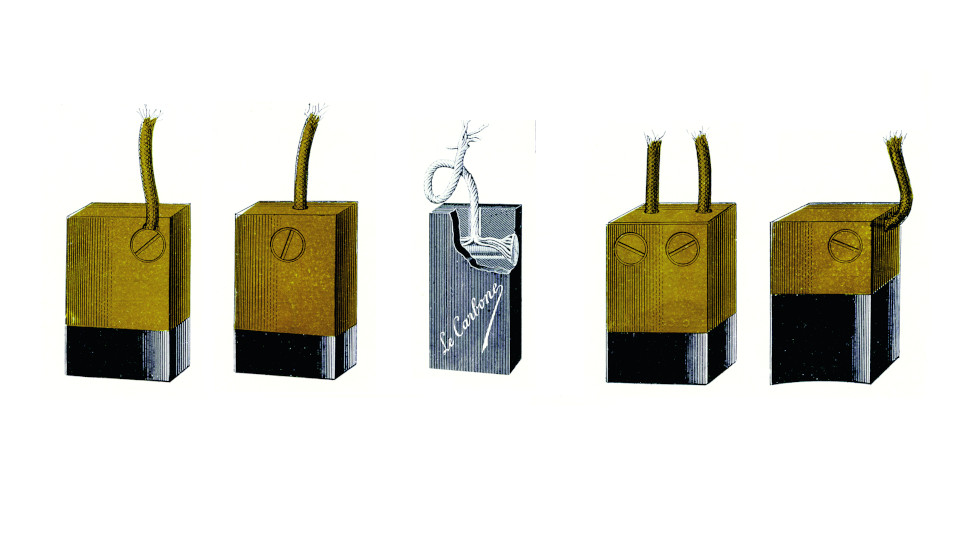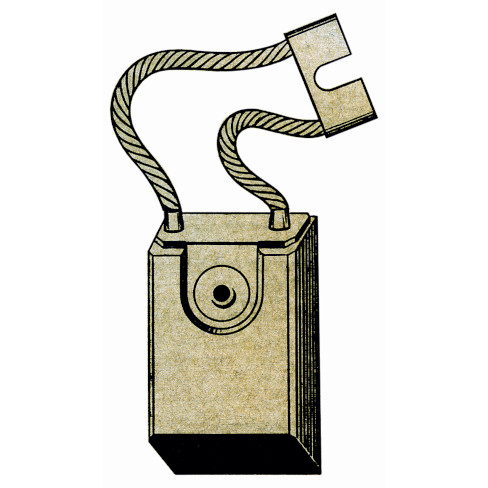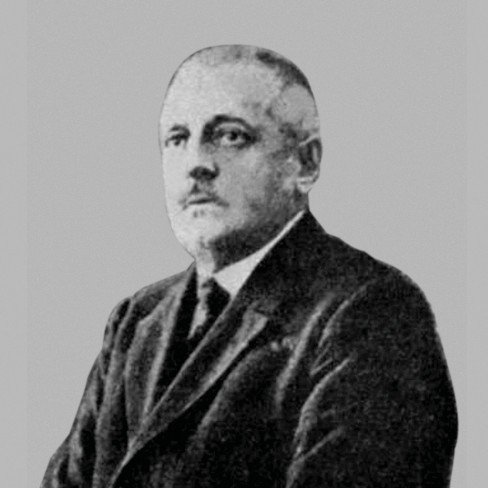
Carbon and graphite brush: a flagship product for Mersen
Jan 2022
A key element of any electric motor, the brush rubs on the commutator and ensures the transmission of current.
The origins of brushes
Initially, tests on brushes made from retort coke gave excellent results: this was the beginning of the history of carbon brushes.
Carbon brushes indeed had all the necessary attributes: they slid smoothly on copper, and they reduced the quantity of sparks generated as the carbon strands passed over the slip ring.
The invention of Charles Street
The subsequent developments established the domination of the electrographitic brushes thanks to the invention of Charles Street, an engineer at Le Carbone.
The expansion of motors for industry and the beginnings of the automobile adventure provided tremendous economic opportunities for the ancestor of Mersen.
New grades to adapt to new markets
Over the years, the Group developed grades adapted to the arrival of new direct current machines: CG grades with a high copper content (copper-graphite), MC (metal-graphite), BG (bakelite-graphite) or soft graphite (LFC) for turbogenerators.
Today, grades CG626, CG677 and MC837 are, for example, recognized worldwide for use in wind generators.
In this area of industry, the art of formulation, a thorough understanding of electrical phenomena and a perfect command of the production process established Mersen’s reputation as a leader over a period of more than a century, until today.



